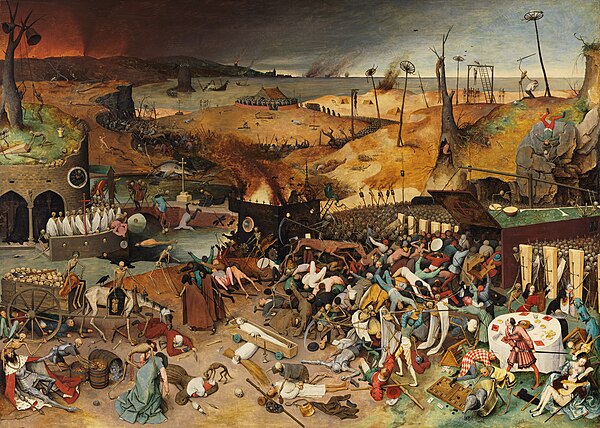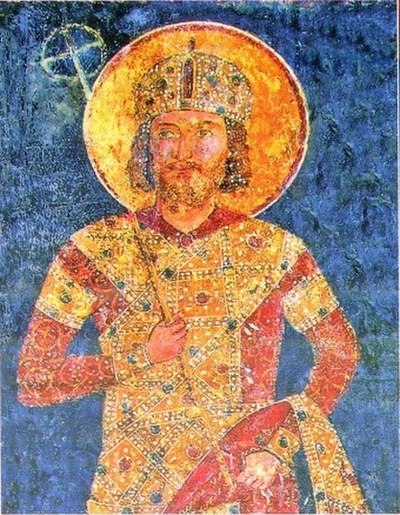
Second Bulgarian Empire
The Second Bulgarian Empire was a medieval Bulgarian state that existed between 1185 and 1396. A successor to the First Bulgarian Empire, it reached the peak of its power under Tsars Kaloyan and Ivan Asen II before gradually being conquered by the Ottoman Empire in the late 14th century.
Until 1256, the Second Bulgarian Empire was the dominant power in the Balkans, defeating the Byzantine Empire in several major battles. In 1205 Emperor Kaloyan defeated the newly established Latin Empire in the Battle of Adrianople. His nephew Ivan Asen II defeated the Despotate of Epiros and made Bulgaria a regional power again. During his reign, Bulgaria spread from the Adriatic to the Black Sea and the economy flourished. In the late 13th century, however, the Empire declined under constant invasions by Mongols, Byzantines, Hungarians, and Serbs, as well as internal unrest and revolts. The 14th century saw a temporary recovery and stability, but also the peak of Balkan feudalism as central authorities gradually lost power in many regions. Bulgaria was divided into three parts on the eve of the Ottoman invasion.
Despite strong Byzantine influence, Bulgarian artists and architects created their own distinctive style. In the 14th century, during the period known as the Second Golden Age of Bulgarian culture, literature, art and architecture flourished. The capital city Tarnovo, which was considered a "New Constantinople", became the country's main cultural hub and the centre of the Eastern Orthodox world for contemporary Bulgarians. After the Ottoman conquest, many Bulgarian clerics and scholars emigrated to Serbia, Wallachia, Moldavia, and Russian principalities, where they introduced Bulgarian culture, books, and hesychastic ideas.













































































